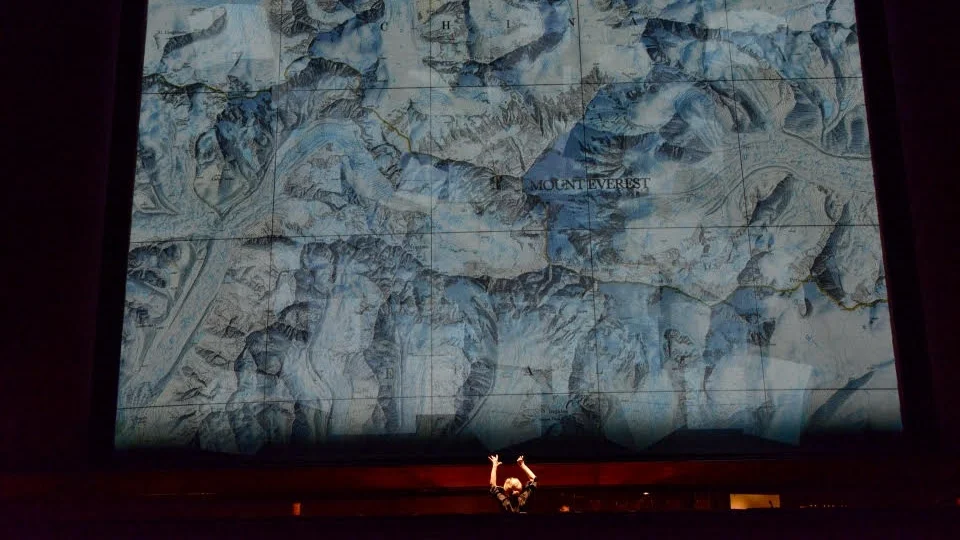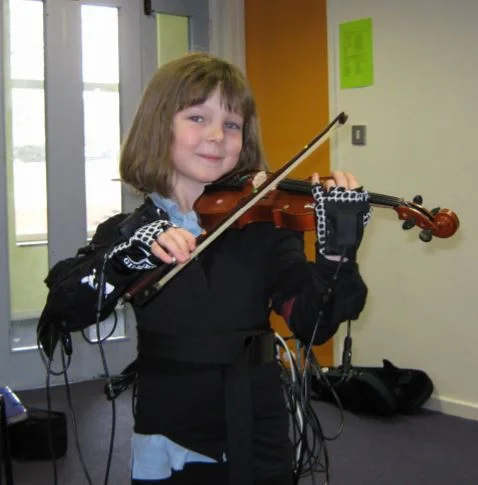The winter break can be a great time to pull out a neglected reading list, whether it is for your favorite novels or book recommendations by friends. Normally, this can be done by visiting the local library, but unfortunately, this is not possible when traveling for the holidays. Fortunately, there is an app called Libby, by Overdrive, which is an e-book/audiobook reader app.
4 Recommendations for Building Inclusivity in the Video Gaming Industry: Part 3
Connecting People to Place: How Digital Maps Advance Civic Engagement in the Cultural Sector
In a time where we can build and access a wealth of geographic information through our mobile devices and online, digital tools are being leveraged to make these kinds of civically engaged connections. Digital maps, in particular, have been built to service archival needs as well as transform the public’s interaction with art and archeological sites. By examining how organizations have deployed various digital map technologies in their work, we can also see how these tools have practical value and the potential to more broadly advance the cultural fields.
Fixing the Video Game Inclusivity Problem: Part 2
AI & the Future Workforce of Museums
AI has, and will continue to disrupt many traditional careers. According to a report by the global consultancy firm McKinsey & Company, by the year 2030 automation and AI could force around 33 percent of the US’s projected 166 million workforce to change jobs. How will this future impact the museum sector? This report investigates the pathways for AI in the workforce and where we might begin seeing it emerging in the museum sector.
The Future of Technology in Opera
Exploring An Equity & Inclusivity Problem: Gender & Ethnic Diversity in Video Games: Part 1
The video game industry expanded rapidly in the last decade with the U.S.A games market exceeding revenues of $43 billion in 2018. While there is growth, the industry is also facing an increasingly apparent and problematic disparity among audiences. In many traditional PC and console genres, women and non-white ethnicities are underrepresented both among the player-base as well as on-screen; furthermore, the player experience for underrepresented players is markedly different than their over-represented white male counterparts.
Integrating Music Technology in the Classroom: Increasing Customization for Every Student
The following study investigates emerging technologies and their implications for music education, inside and outside the classroom. Learn how apps, digital instruments, practical aid technology, and wearable technology can be used to increase engagement and learning opportunities for music students in various settings.
Case Study II: Digital Engagement and Experience Design
As museums seek to increase engagement in both the physical museum space and across digital platforms, many are striving to create more personalized experiences that differentiate the museum visit and increase engagement with the institution and its collection. These two case studies—the Museum of Old and New Art in Tasmania, Australia, and the Cooper Hewitt Smithsonian Design Museum in New York—are examples of hybrid museums that successfully demonstrate how bridging the physical and virtual in the museum visitor experience can increase the length, breadth and depth of engagement with the institution and its collection.
Practical Considerations for Implementing Virtual Reality in Arts Educational Settings
The presence of Virtual Reality (VR) technology in arts education is growing. From museums to live music to healthcare and more, VR is beginning to change how we perceive the arts and learning. After all, this immersive experience has been proven to enhance the learning experience and achieve a higher retention of knowledge, quickly changing the learning environment. This research study investigates the opportunities presented by VR for arts education as well as the practical hurdles that need to be overcome to successfully use VR in K-12 educational settings.















